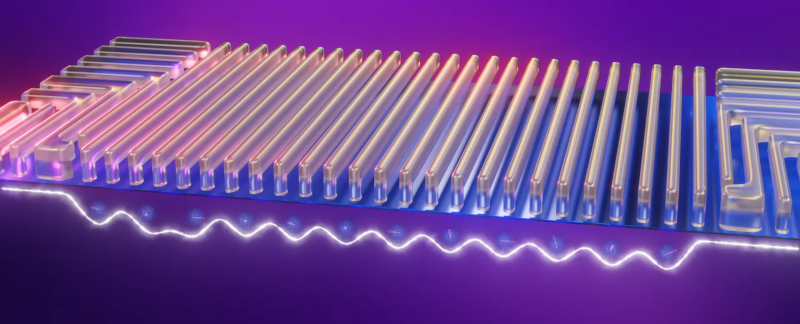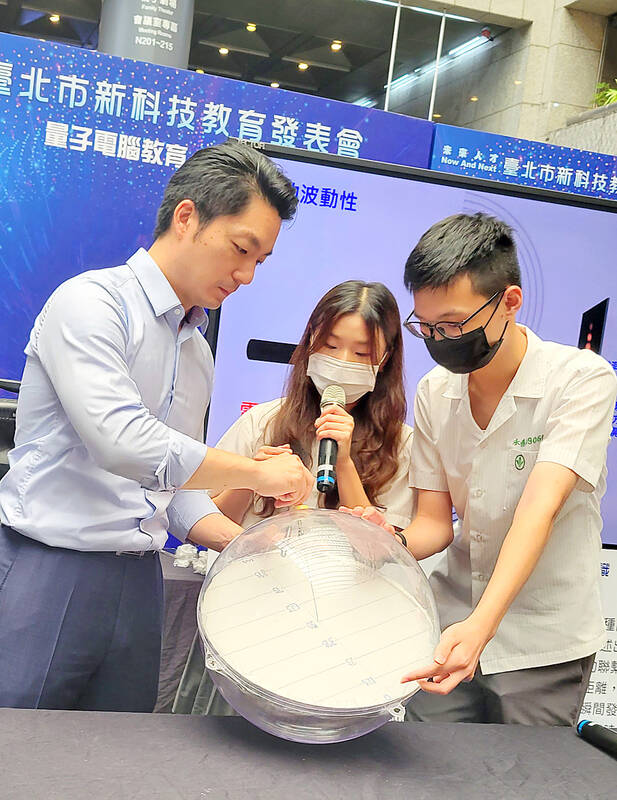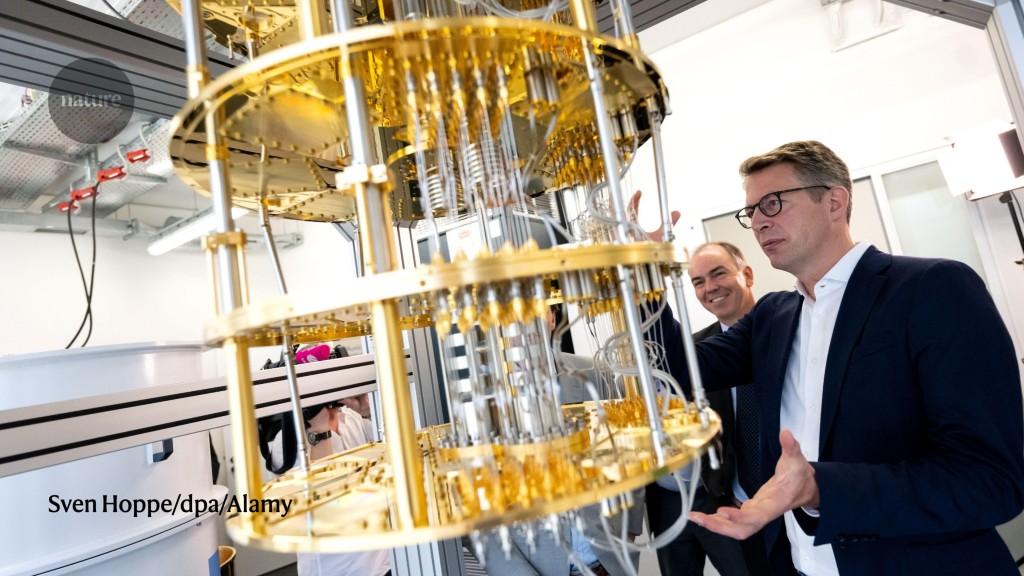- Bell State
- Posts
- Quantum Noise Breakthrough - IBM bringing in a New ERA
Quantum Noise Breakthrough - IBM bringing in a New ERA
Quantum Intelligence 🤖
Welcome to The Bell State.

Your weekly roundup of the biggest breakthroughs in Quantum Computing.
IBM Makes Breakthrough in Quantum Computing, Bringing Practicality Closer
IBM scientists have achieved a significant advancement in quantum computing by developing a method to handle quantum noise, a major hurdle in making quantum computers practical. Through their technique called "error mitigation," they introduced and analyzed additional noise in a quantum processor to accurately extrapolate calculations without noise. While further experiments are required, this breakthrough brings quantum computing a step closer to becoming a practical and powerful tool for various applications.
Intel Introduces 12-Qubit Quantum Chip for Research Purposes
Intel has announced the release of a 12-qubit quantum chip named Tunnel Falls. This chip, which utilizes tiny silicon spin quantum bits (qubits), is intended for research purposes and will be made available to universities. While it is not commercially accessible or usable on a breadboard, it serves as a stepping stone for researchers to explore quantum technology. Intel claims that the silicon qubit technology is significantly smaller compared to other types of qubits, allowing for denser devices and potential advancements in quantum computing. The introduction of this chip is expected to facilitate further research and development in the field of quantum computing.
“Breakthrough Cooling Technology” Revolutionizes Quantum Computing Circuits
Scientists from the National Physical Laboratory, Royal Holloway University of London, Chalmers University of Technology, and Google have developed a new cooling technology for quantum computing circuits. Quantum circuits, which are crucial for quantum computers, need to operate at extremely low temperatures. The researchers achieved a temperature almost 100 times lower than before by immersing the circuit in liquid Helium-3 (3He) due to its superior thermal properties. This immersion cooling technique has the potential to significantly improve the coherence of quantum circuits by reducing noise and energy losses caused by material defects, which is a major challenge in scaling up quantum computers.
Taipei City Government Introduces Quantum Computing Education in High Schools
Taipei City Government has launched an educational initiative to teach quantum computing in high schools and vocational high schools. Mayor Chiang Wan-an believes that quantum computers possess remarkable computational power and can revolutionize fields such as biomedicine, agriculture, transportation, and finance. Taipei aims to prepare students for the technology industry by providing quantum computer science teaching materials accessible through online platforms. This initiative marks the city's commitment to fostering interest and knowledge in advanced technologies among young people.
Nature feature: Applications in Quantum Computing
The potential applications of quantum computing include accelerating drug discovery, enhancing encryption breaking, improving machine learning, revolutionizing materials development, and addressing climate change. However, challenges persist in building the hardware, achieving robust qubit interactions, and mitigating errors caused by noise. Despite these obstacles, advances are being made, and small-scale computations are starting to show promise. Experts believe that while short-term expectations may be exaggerated, the long-term potential of quantum computers is still significantly underestimated.





